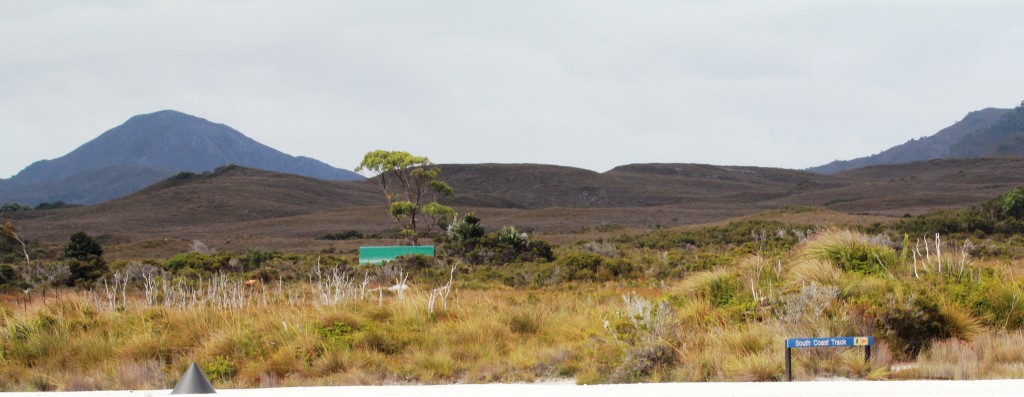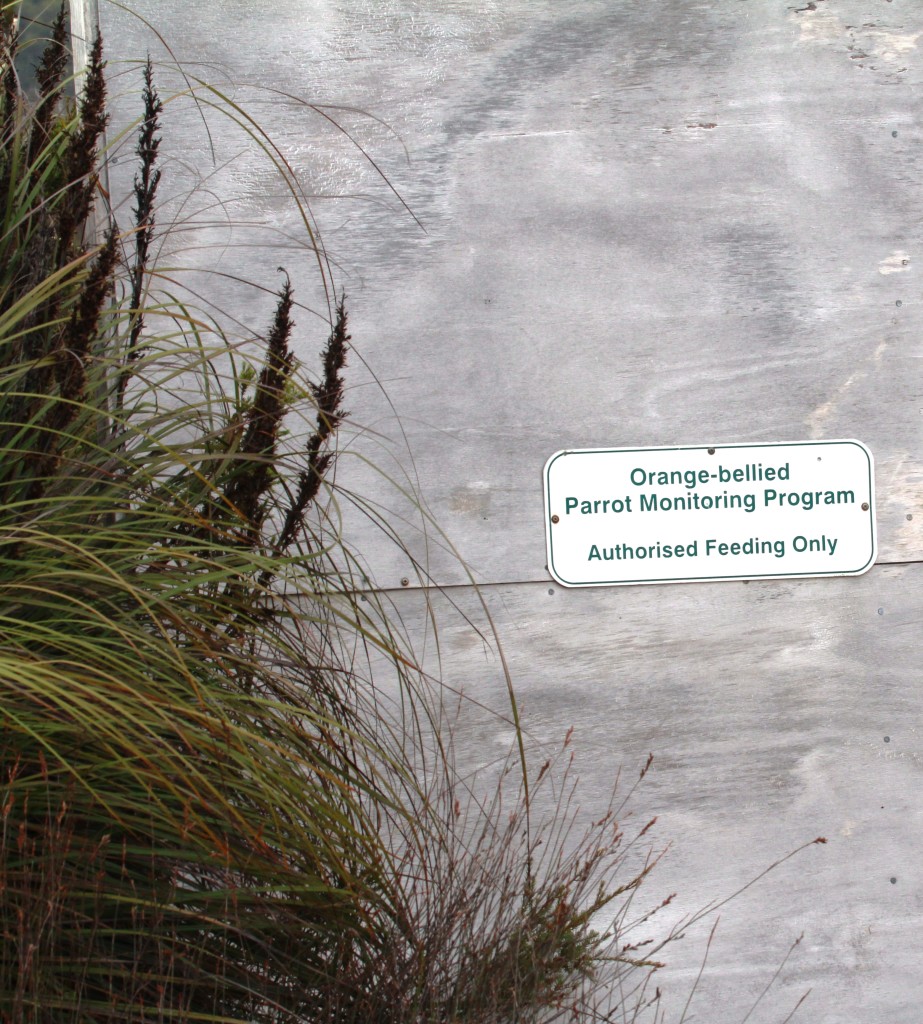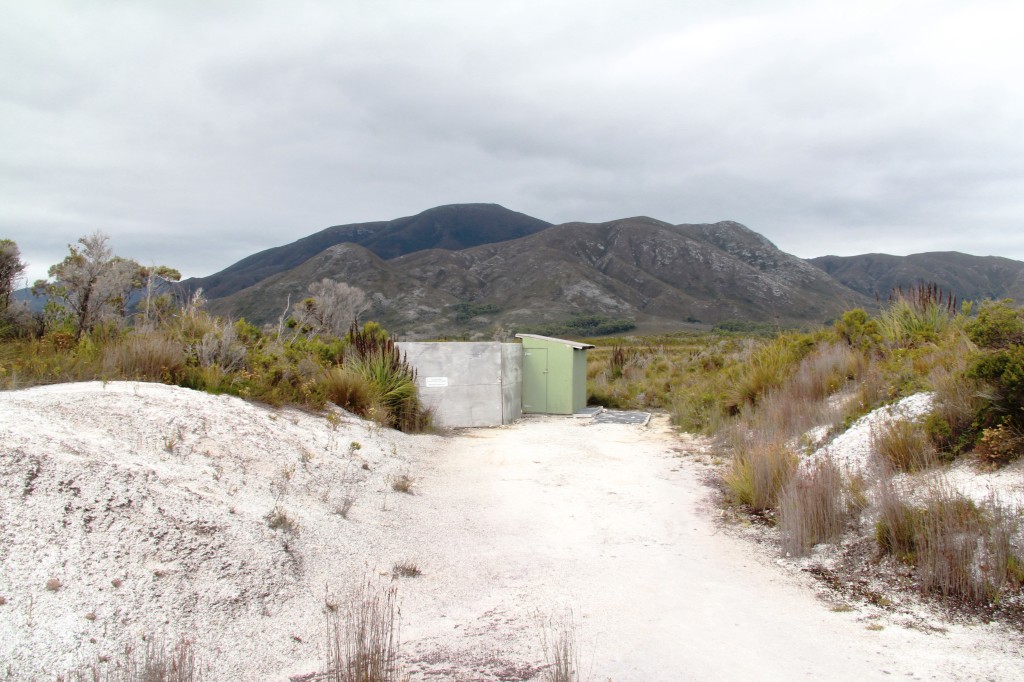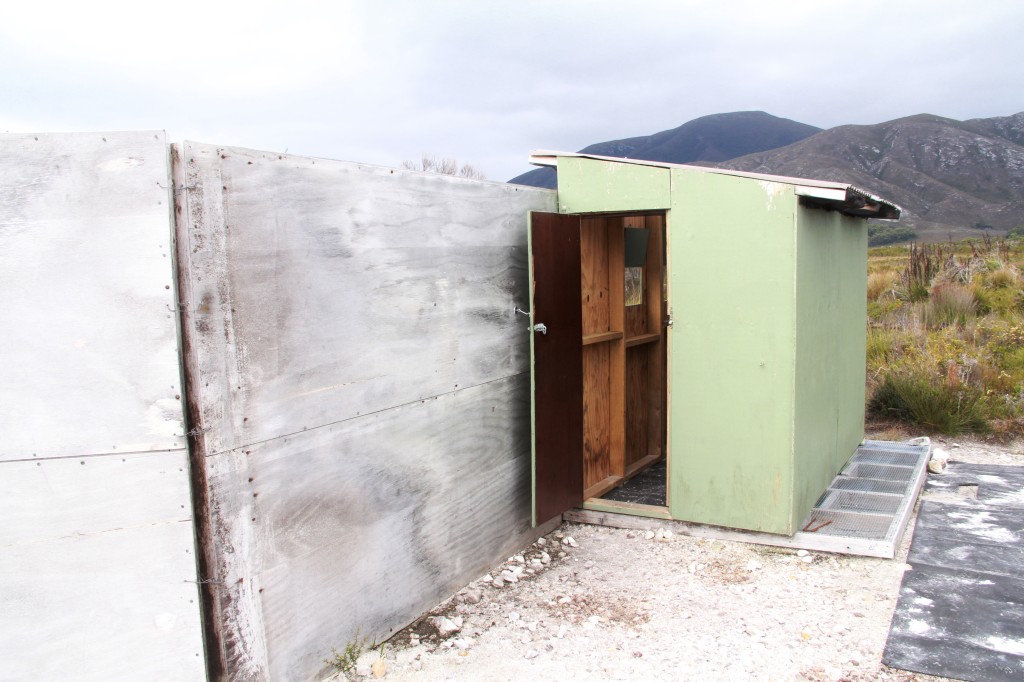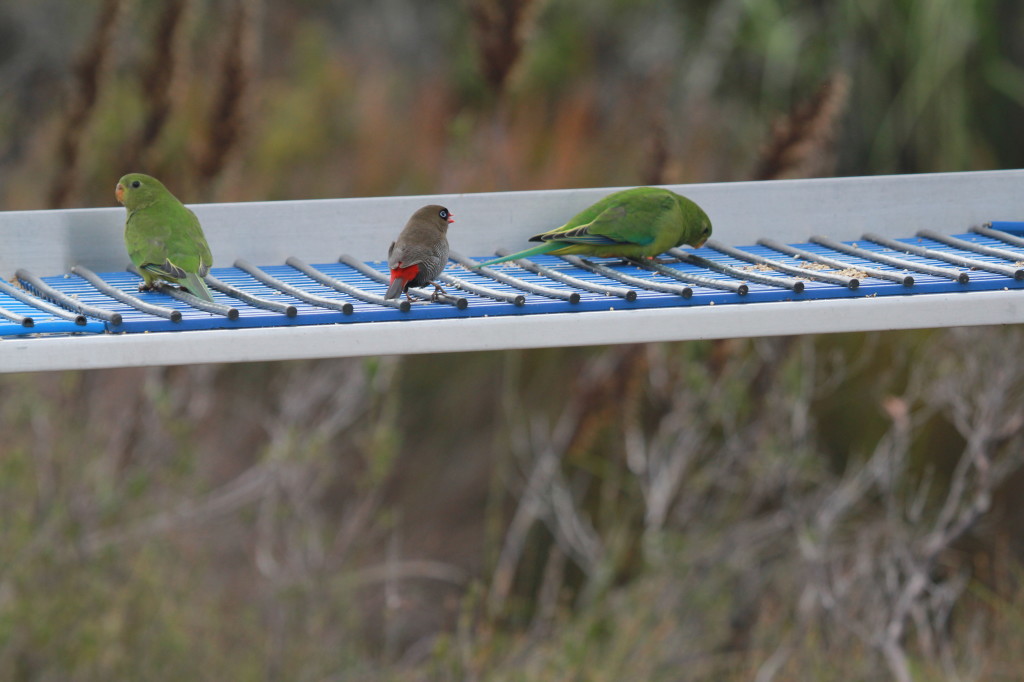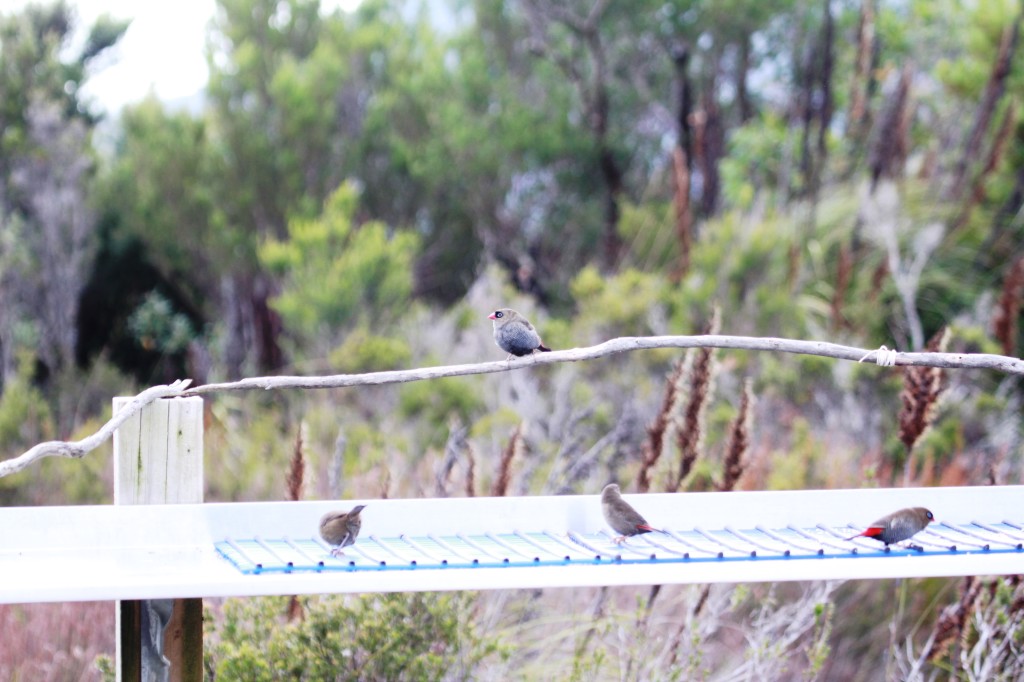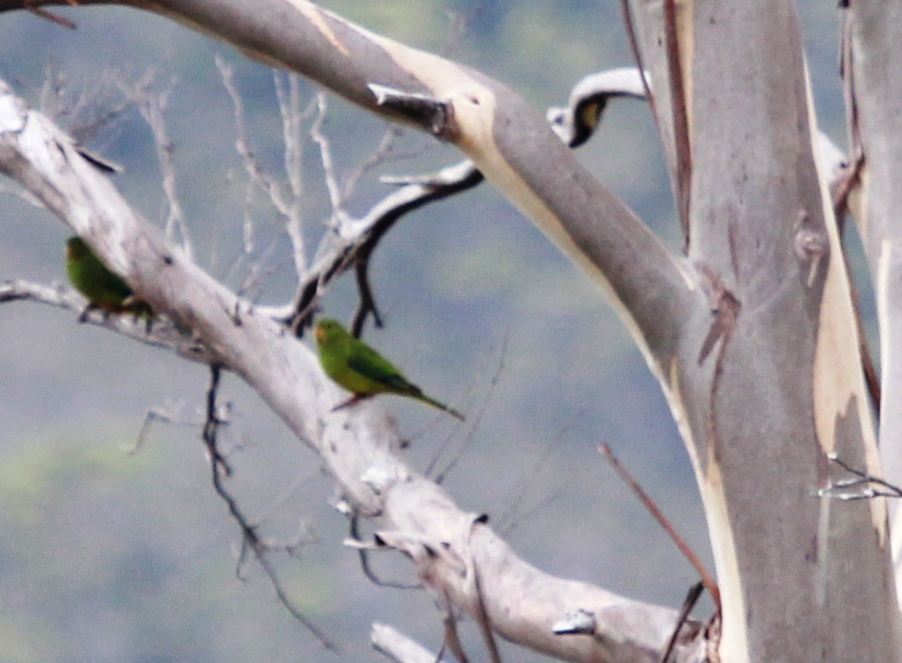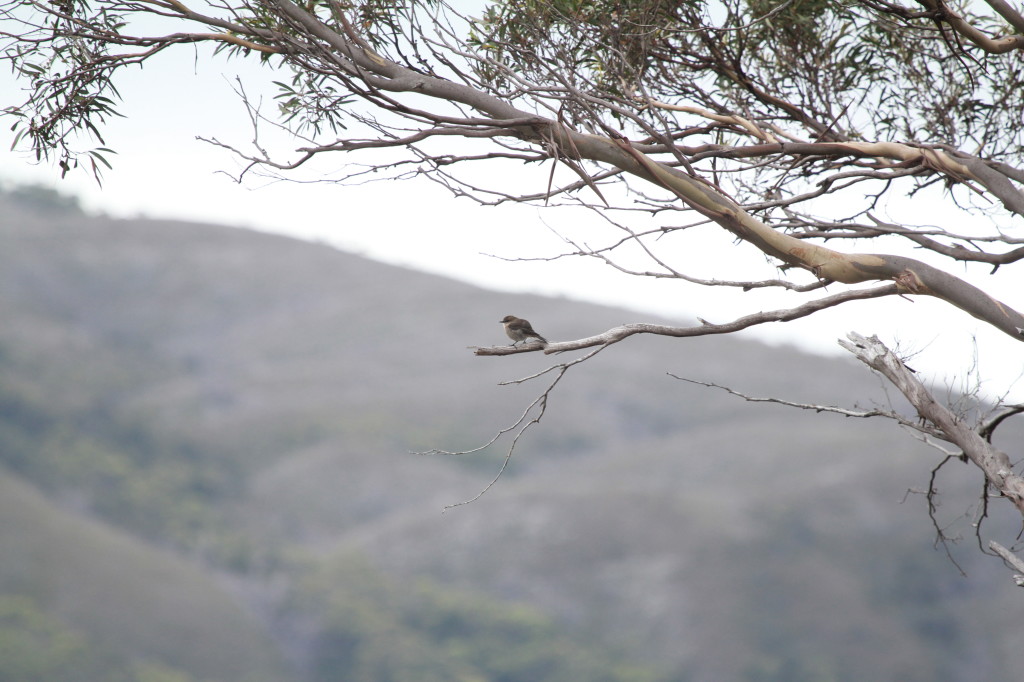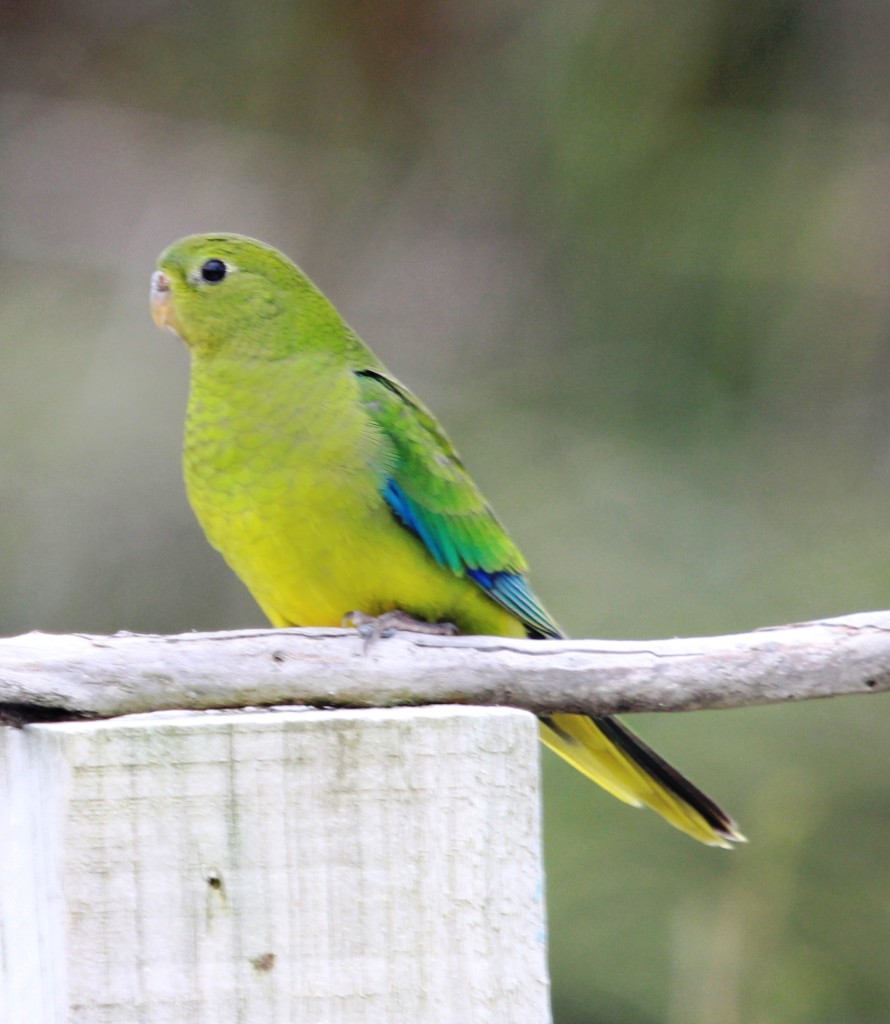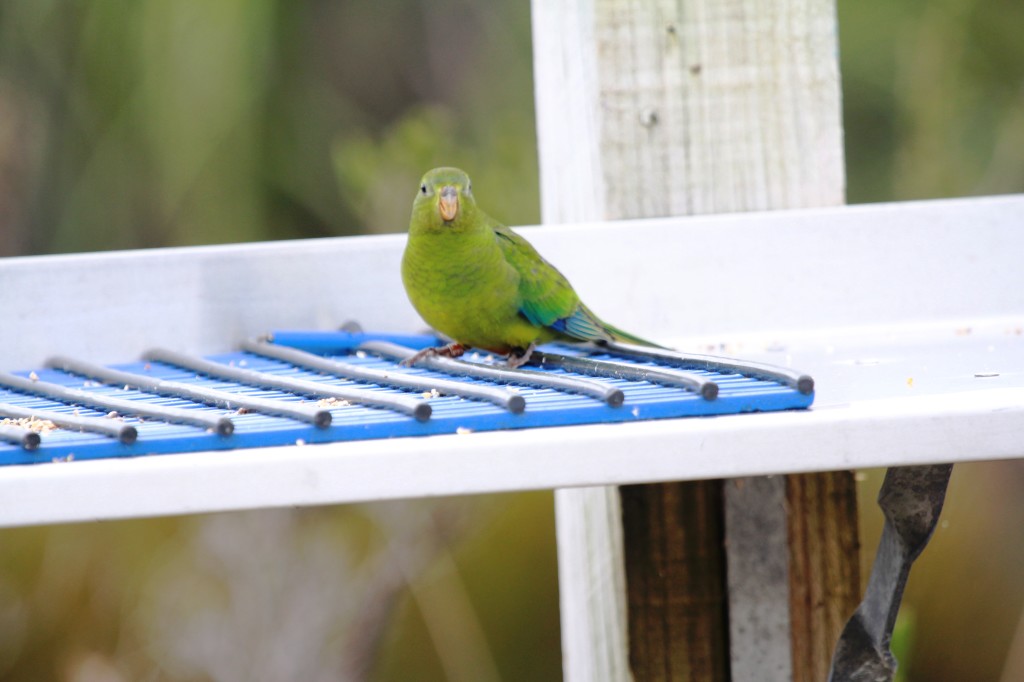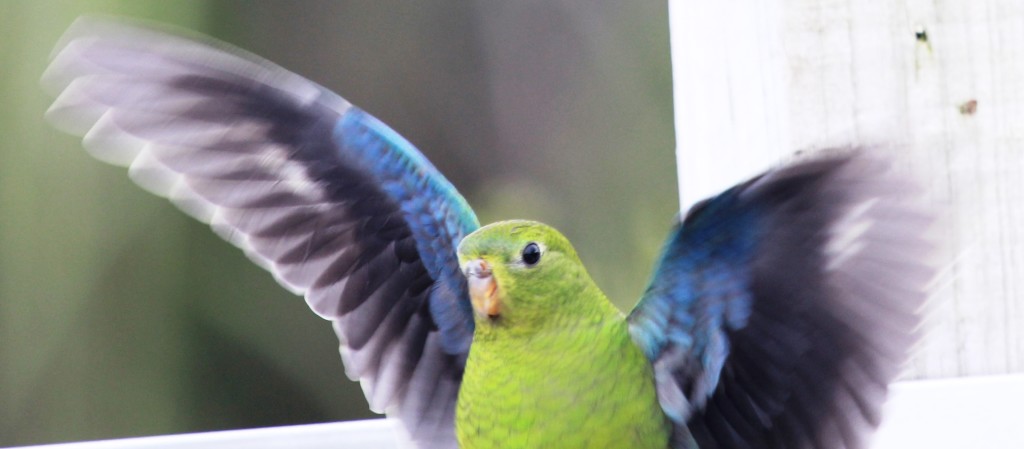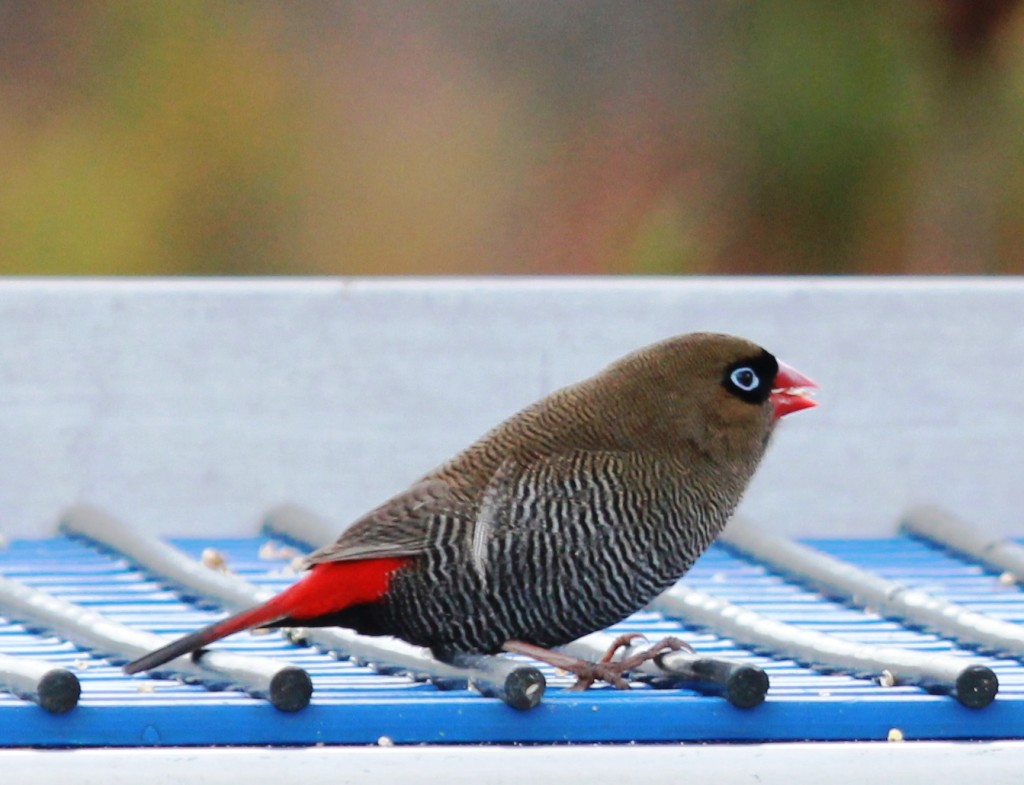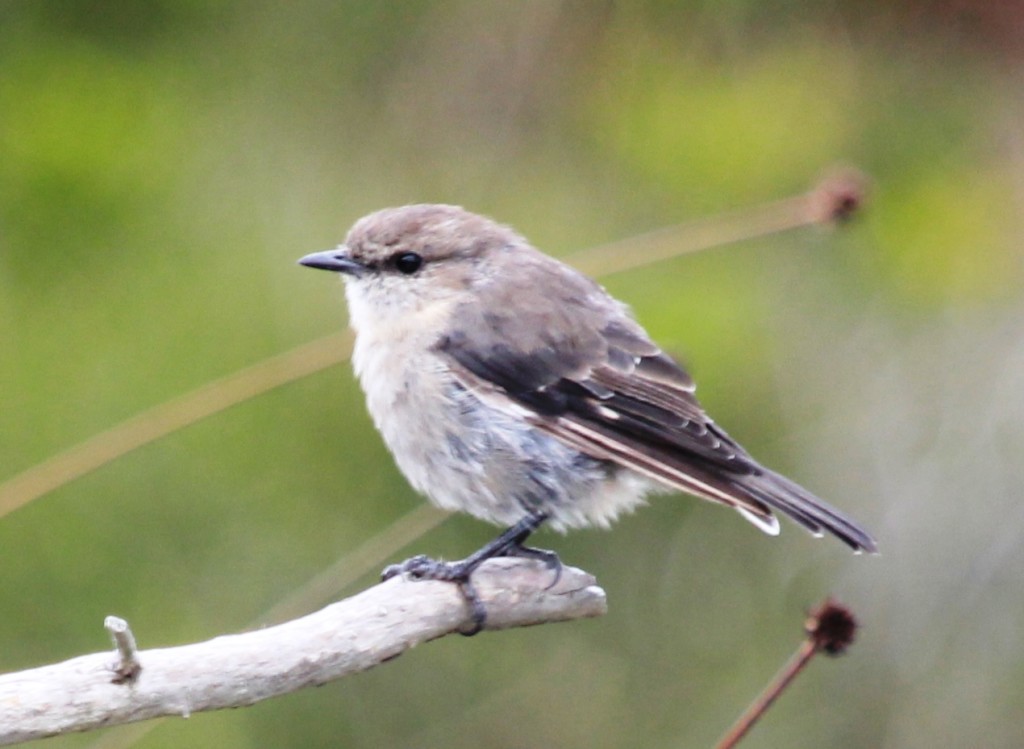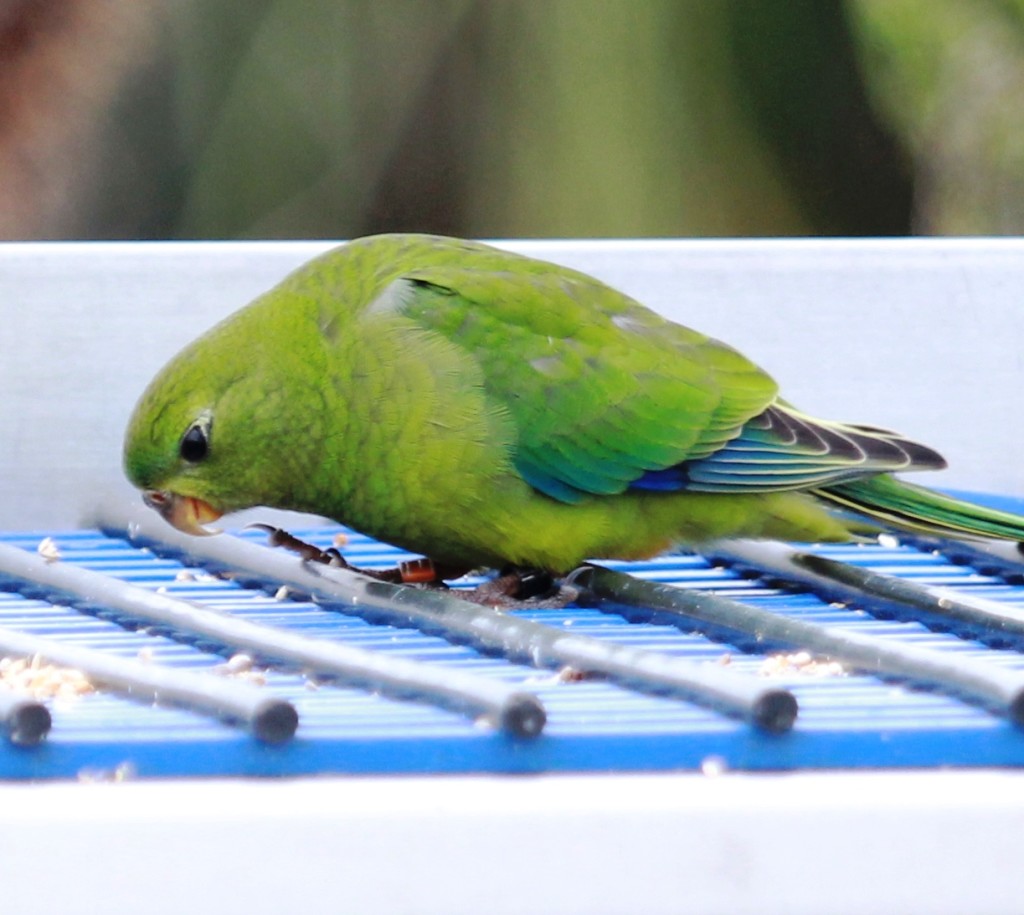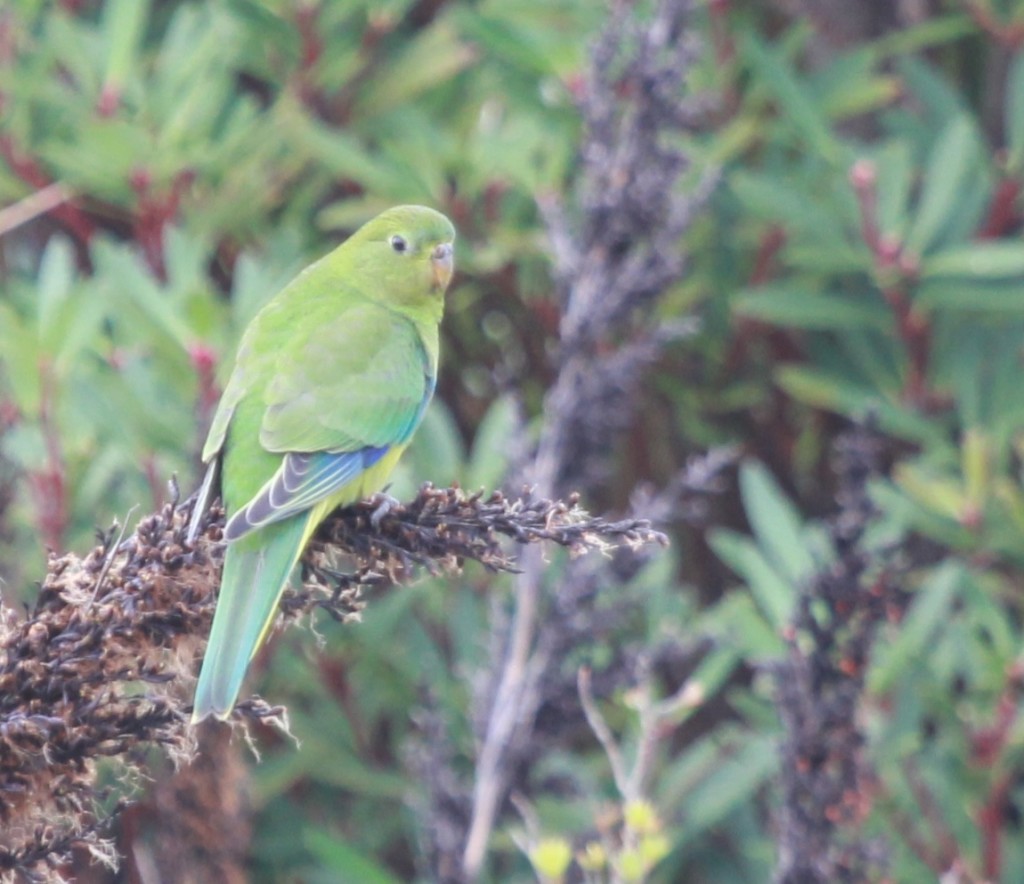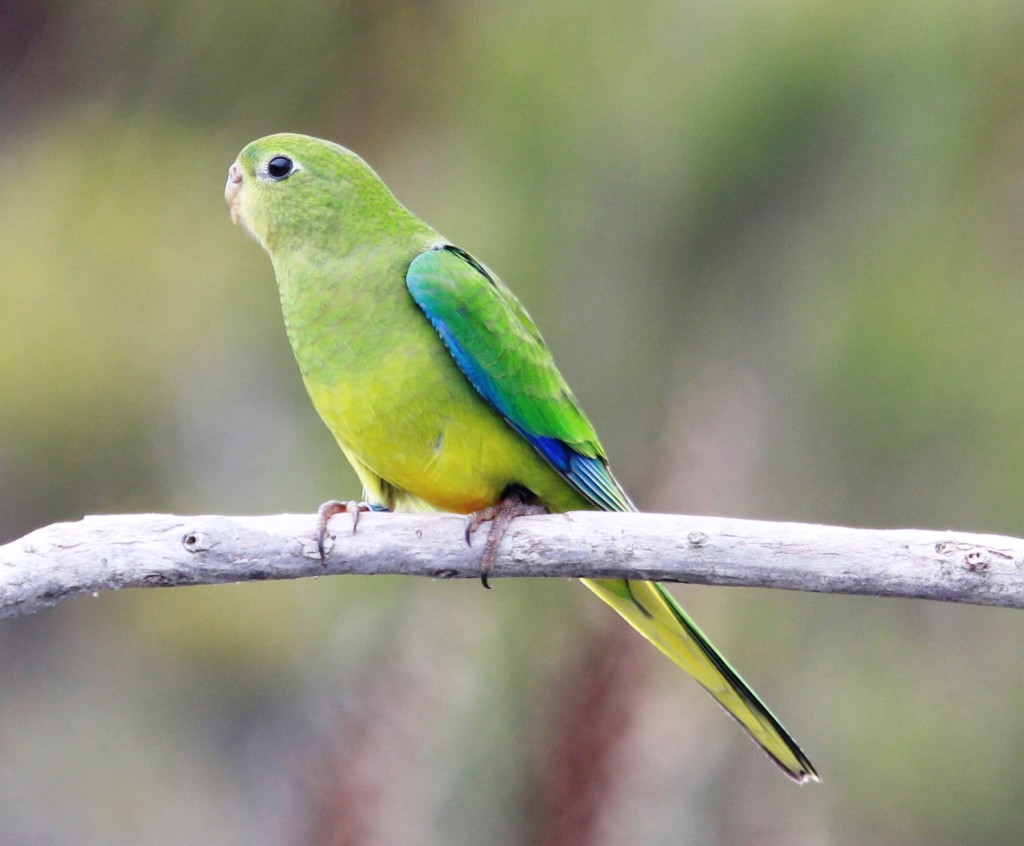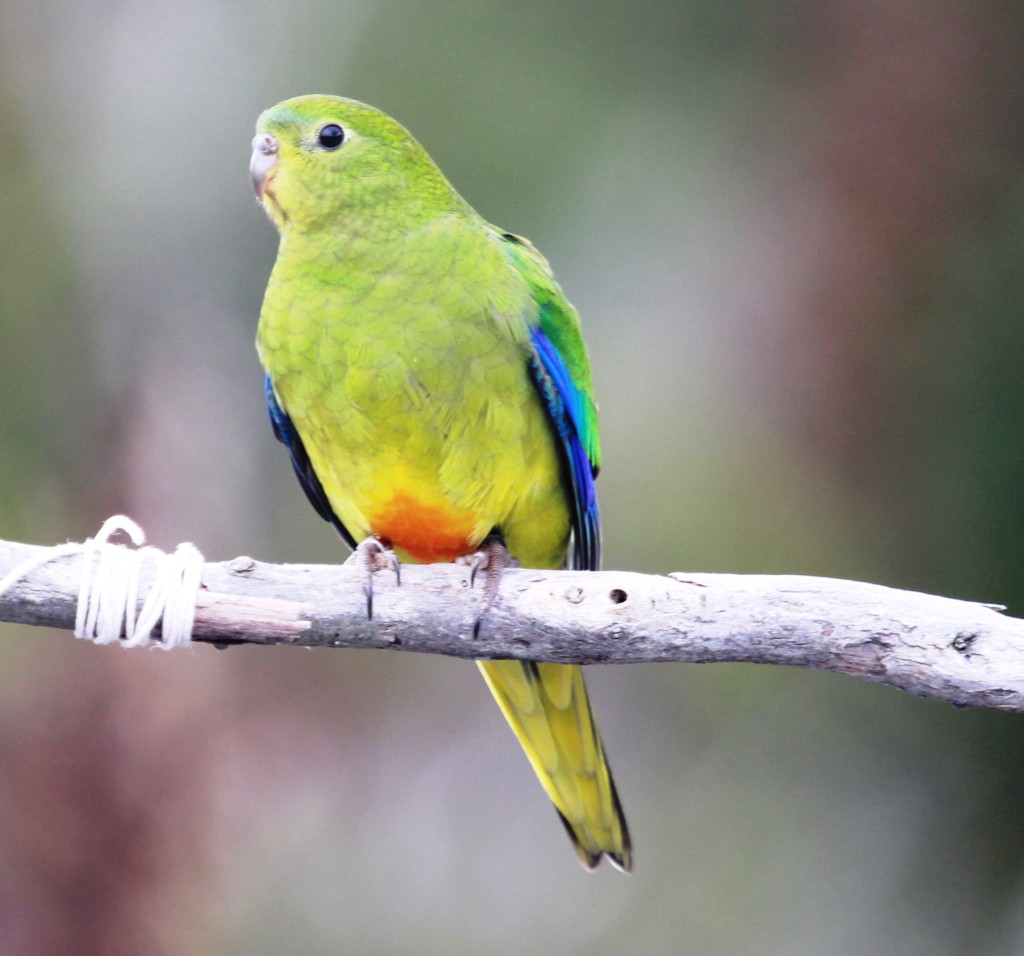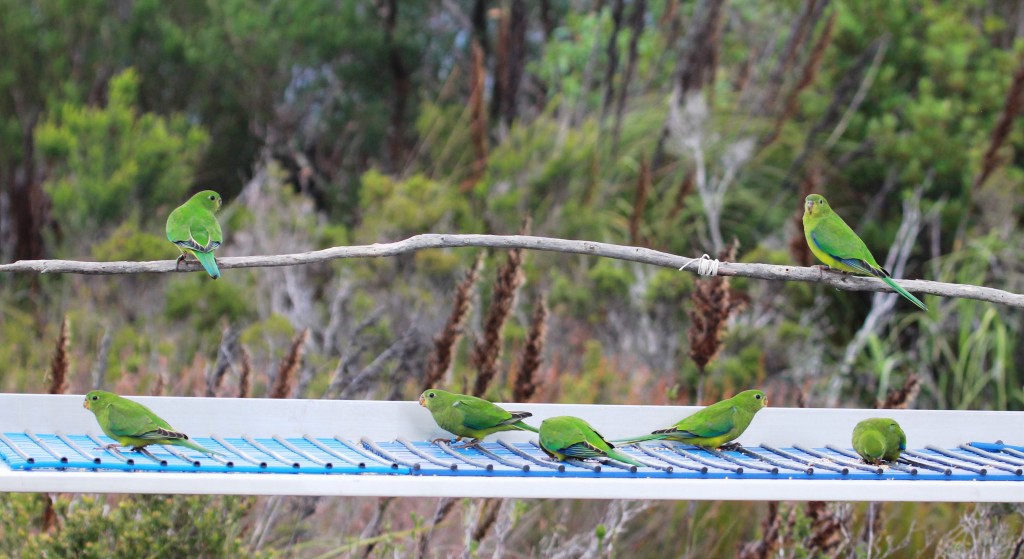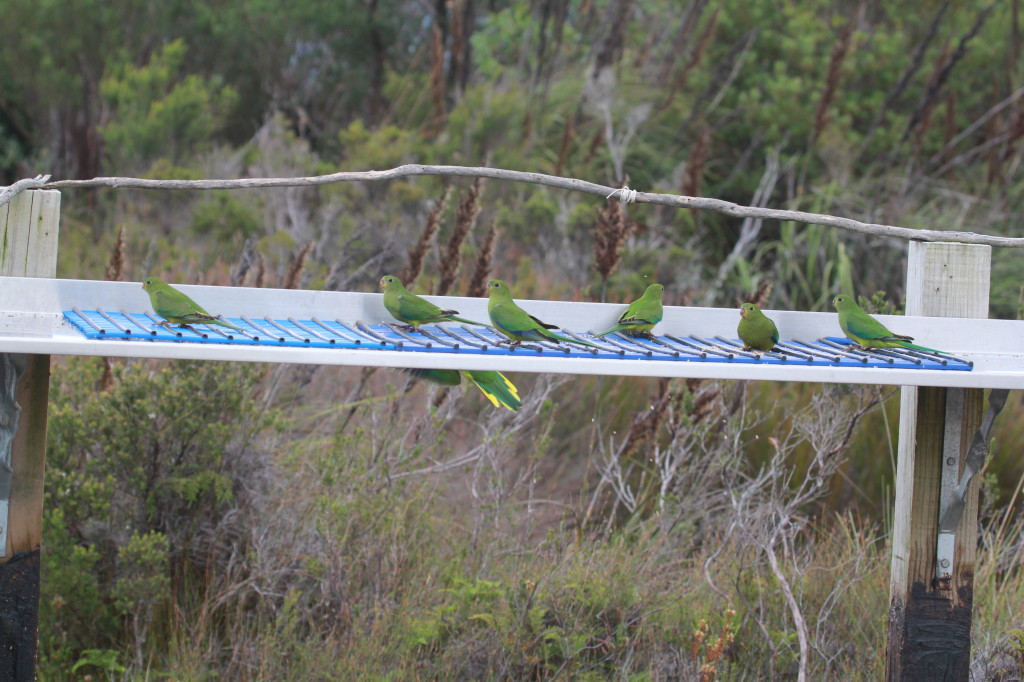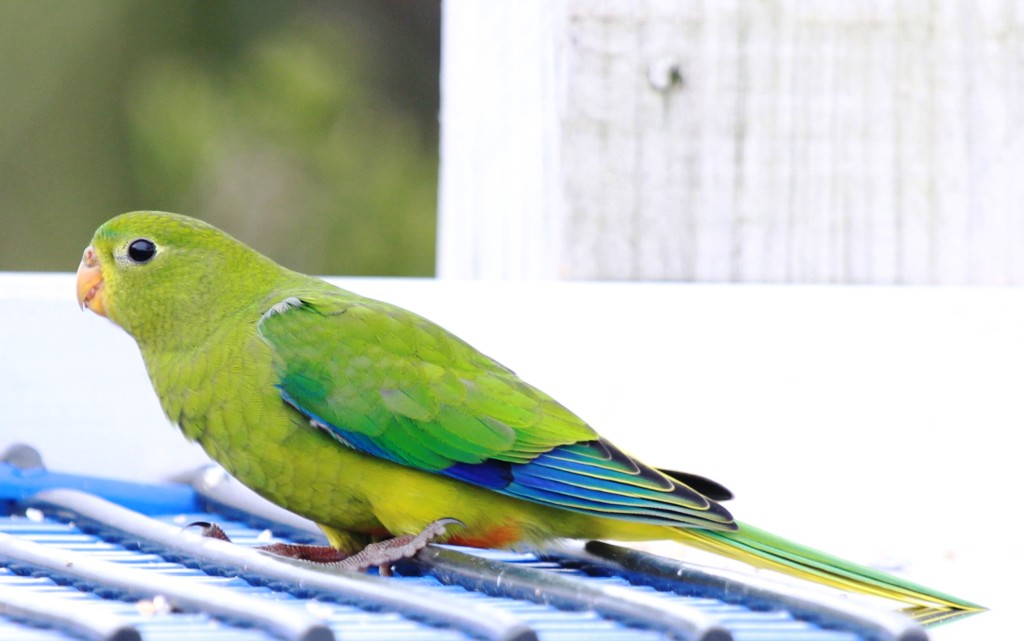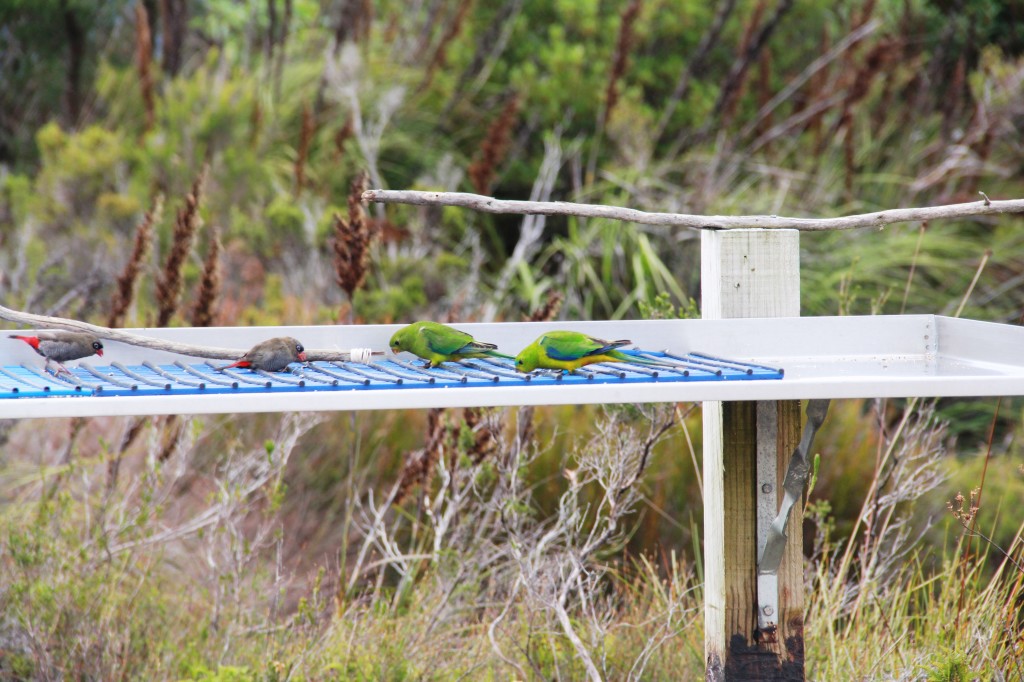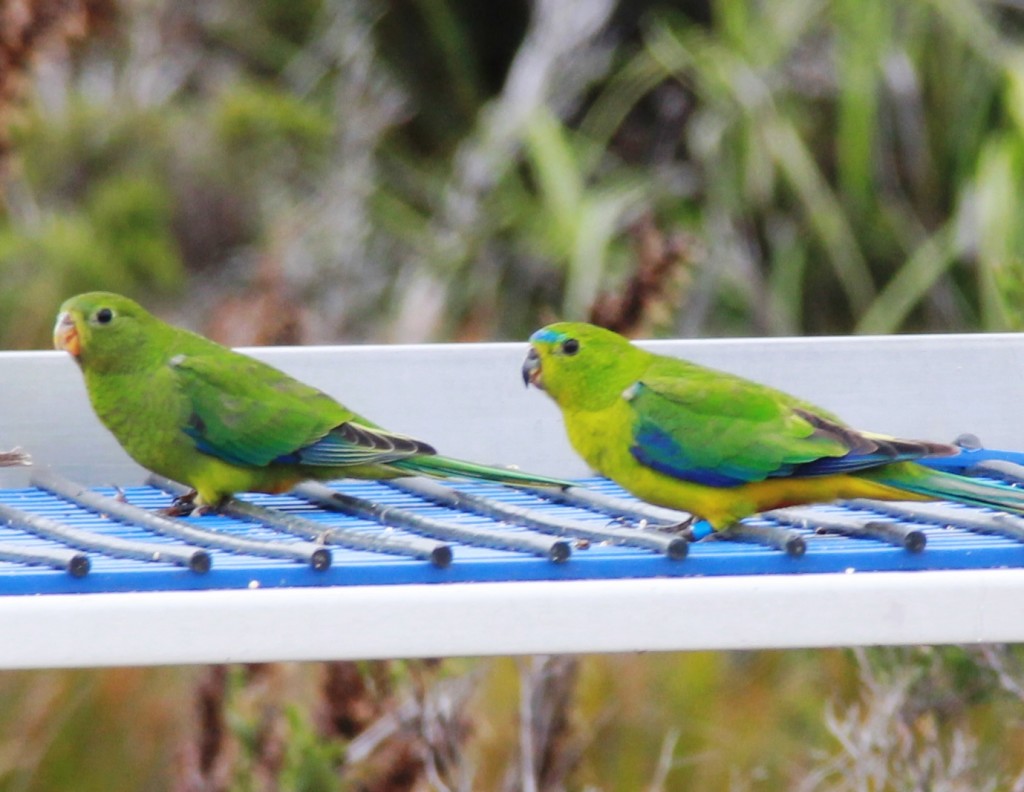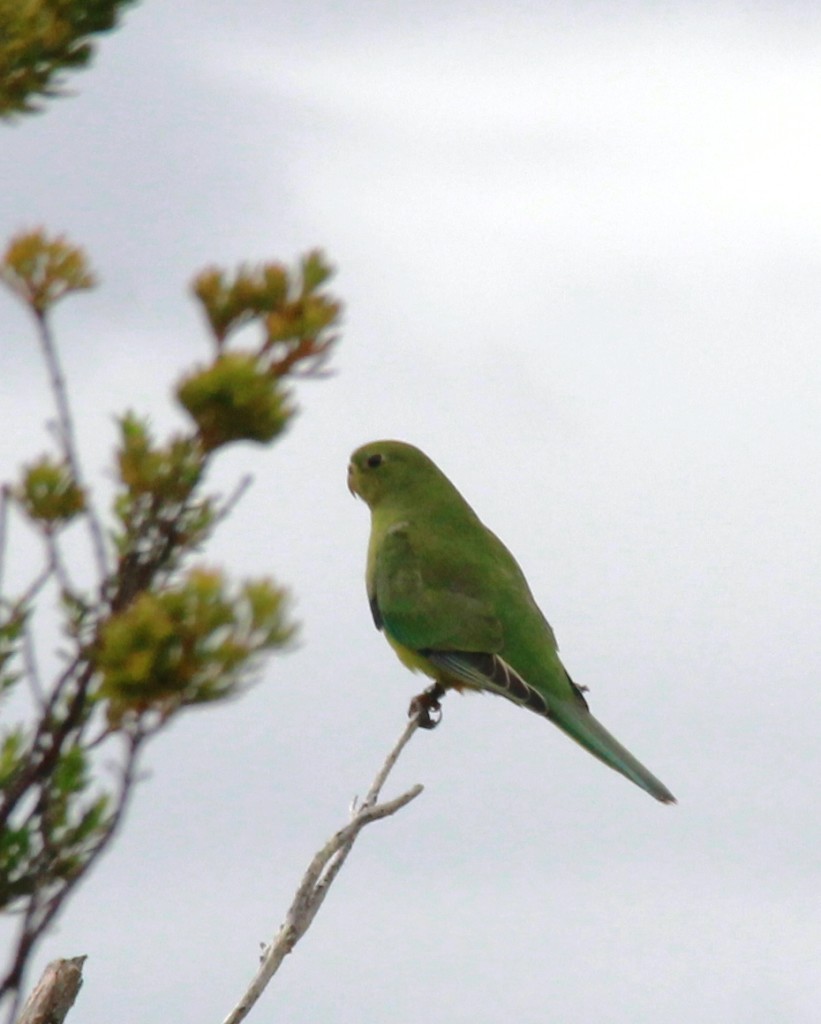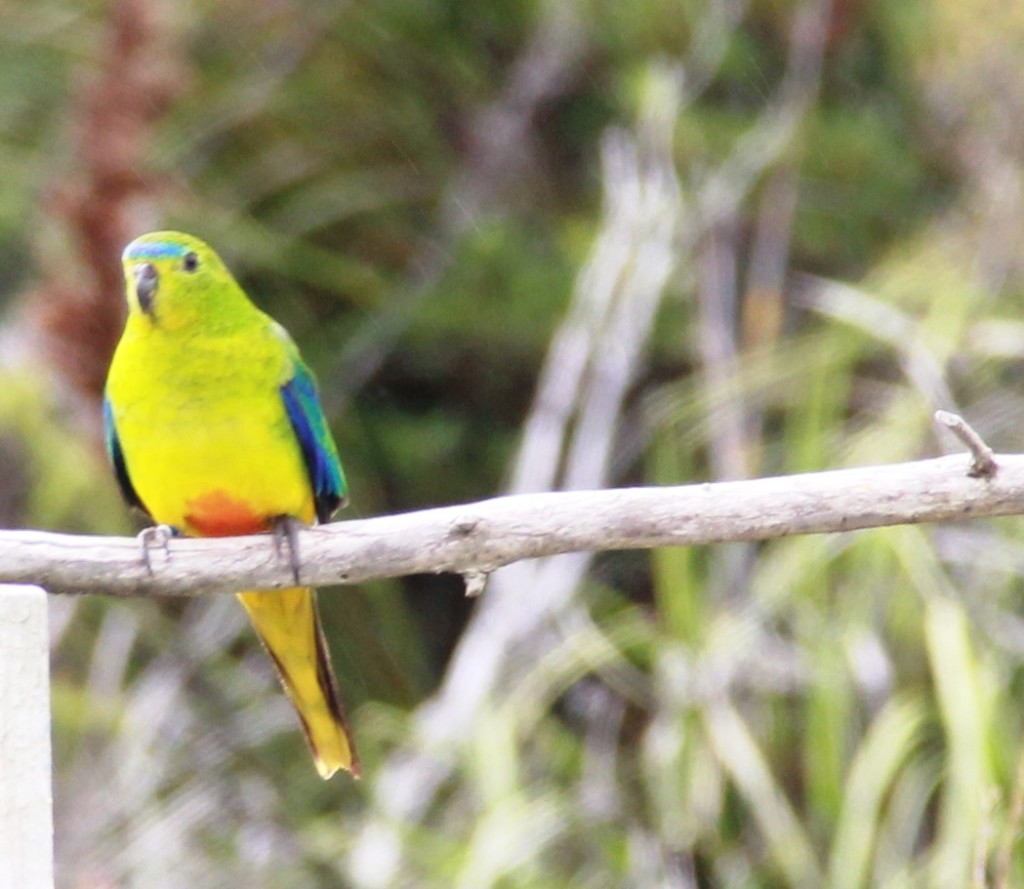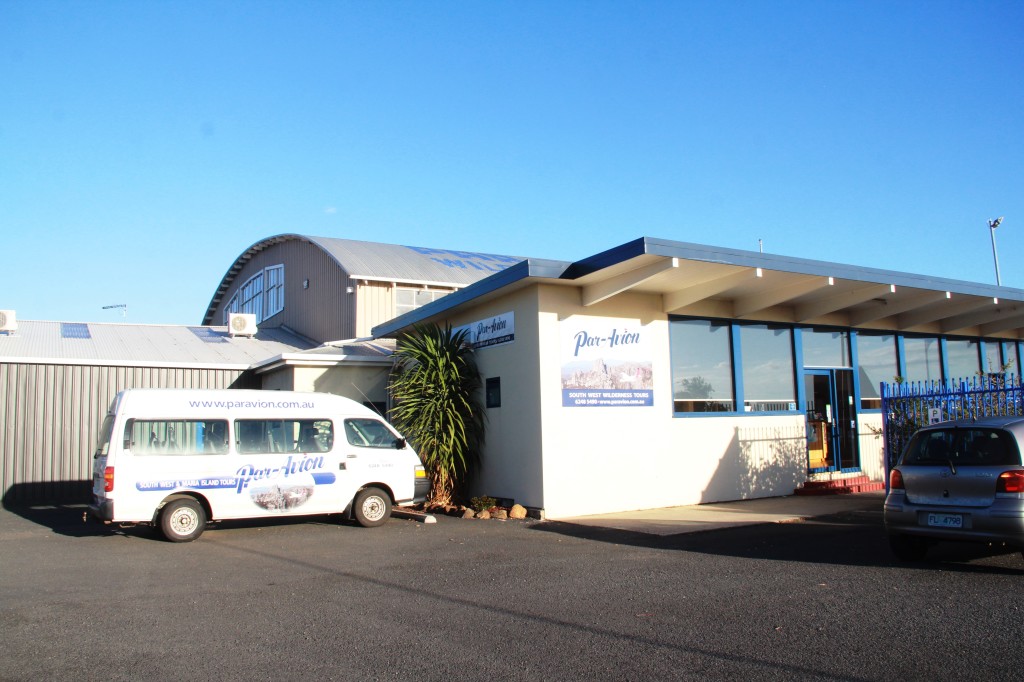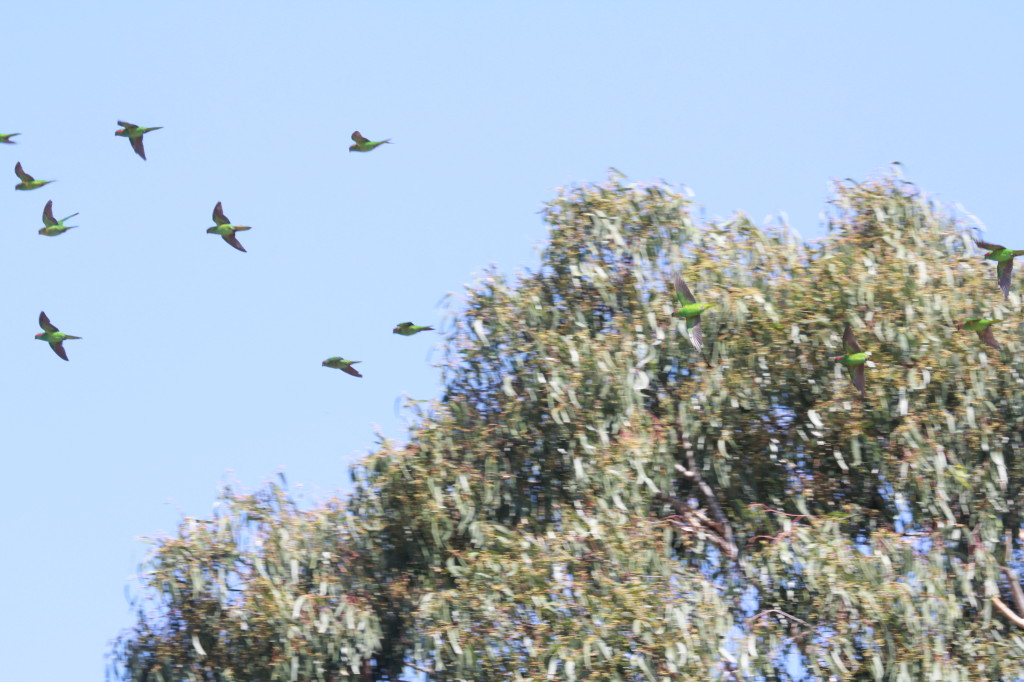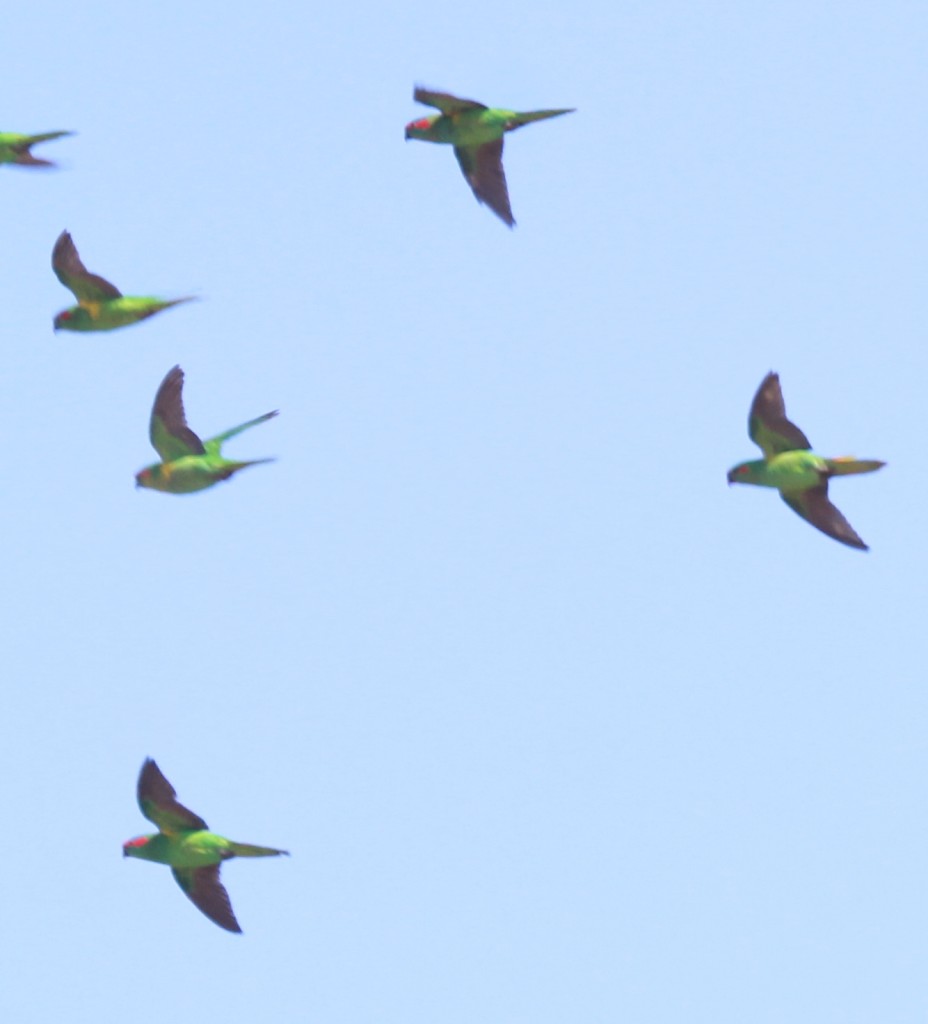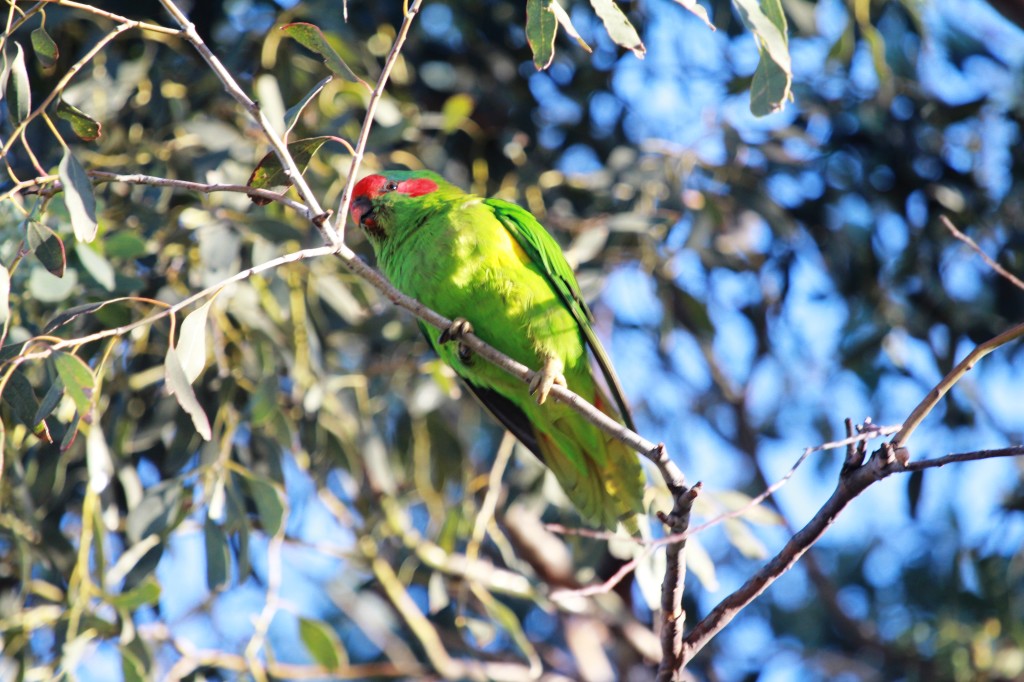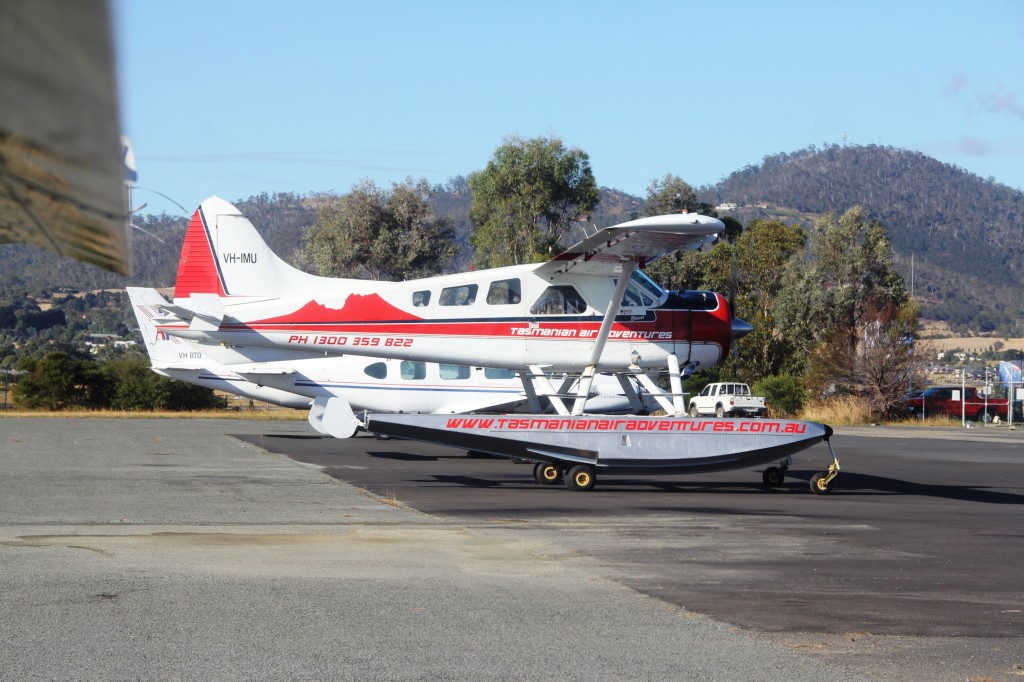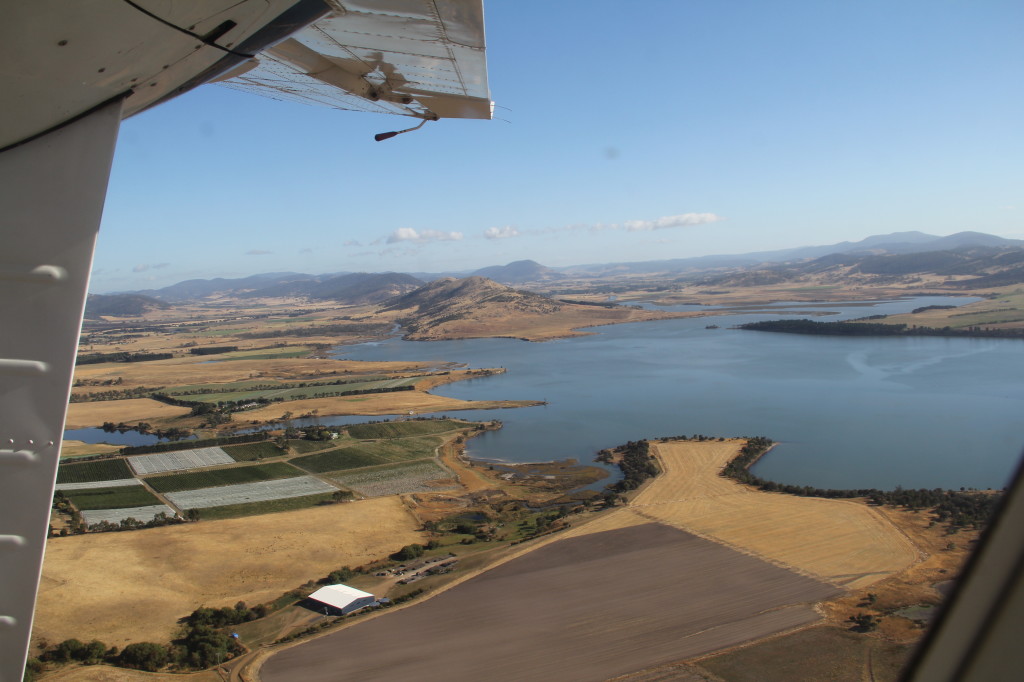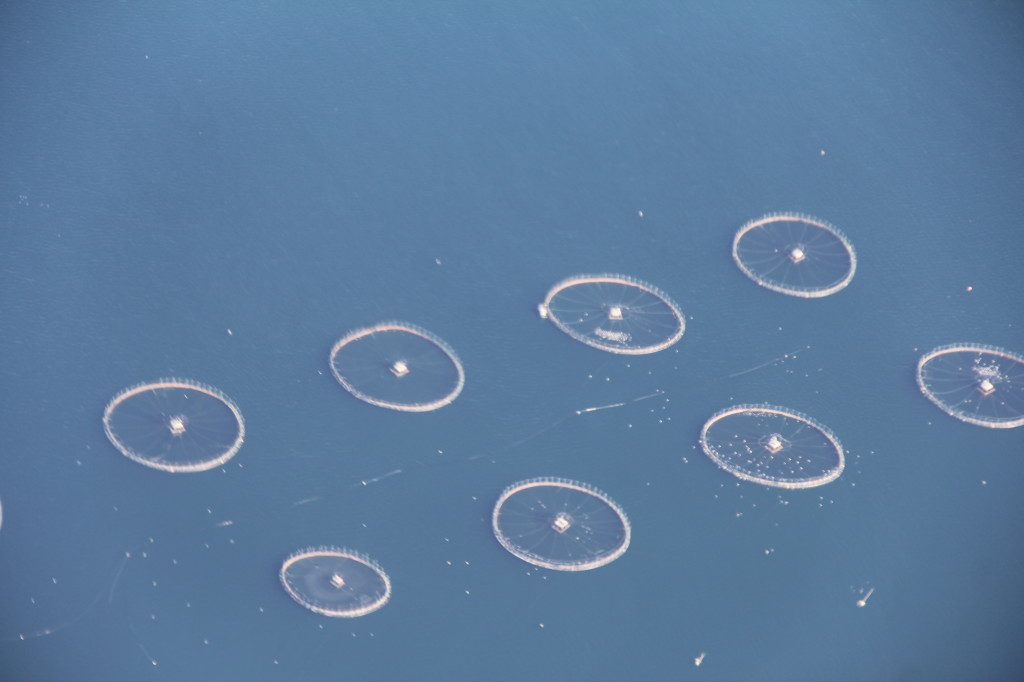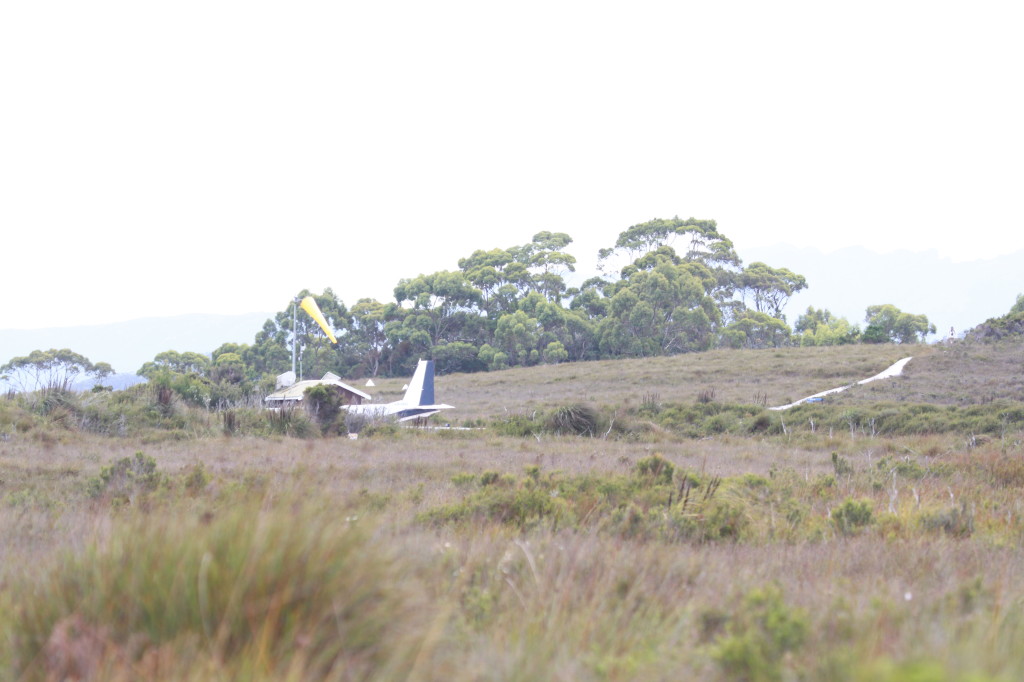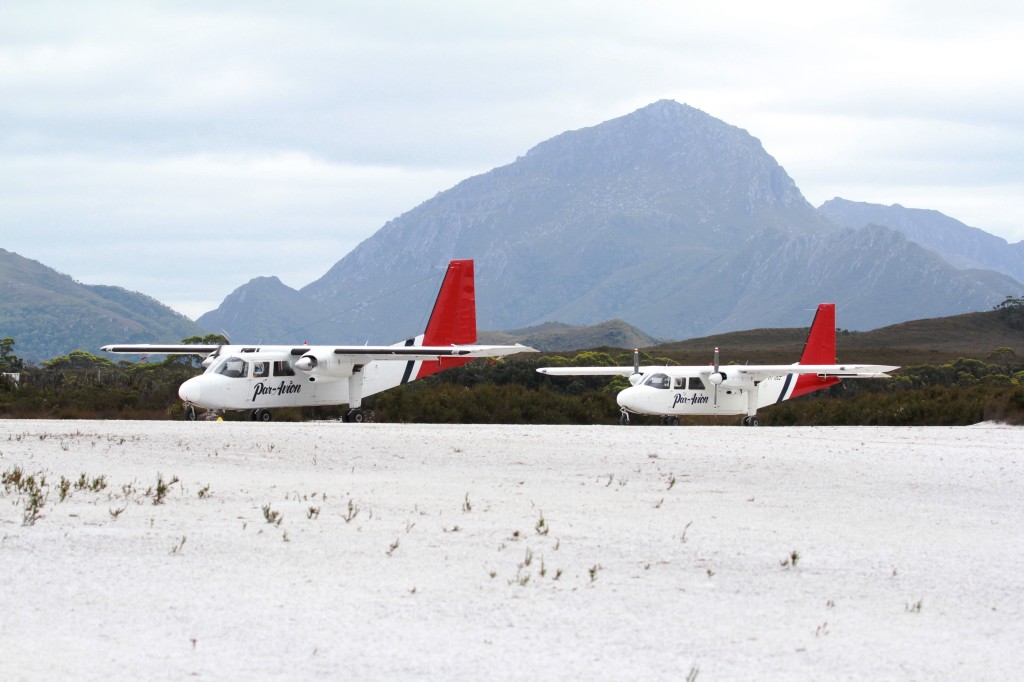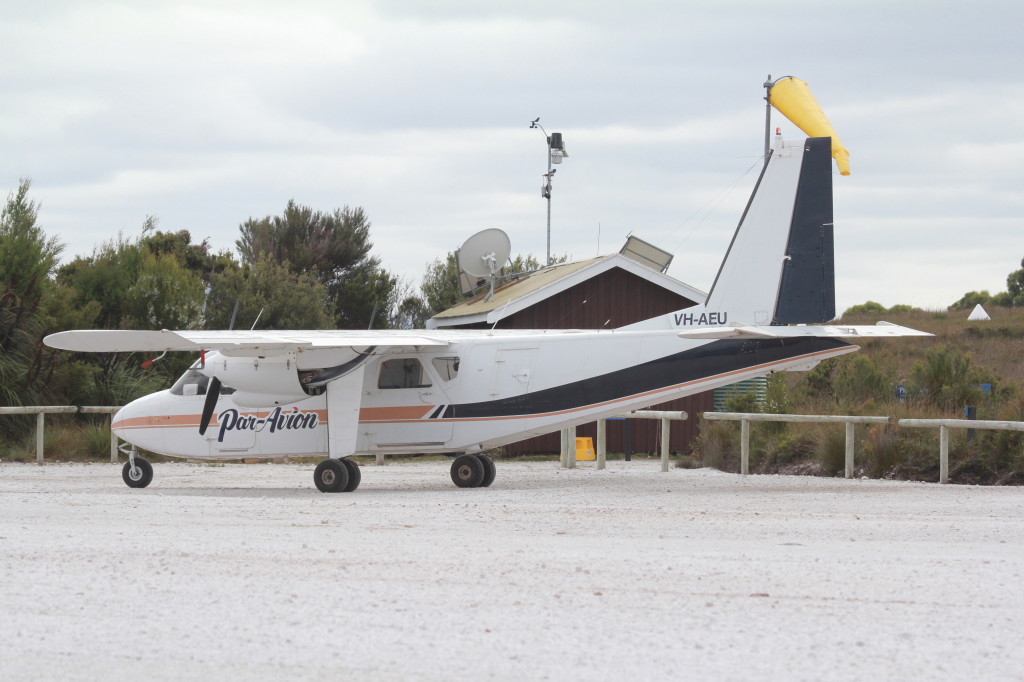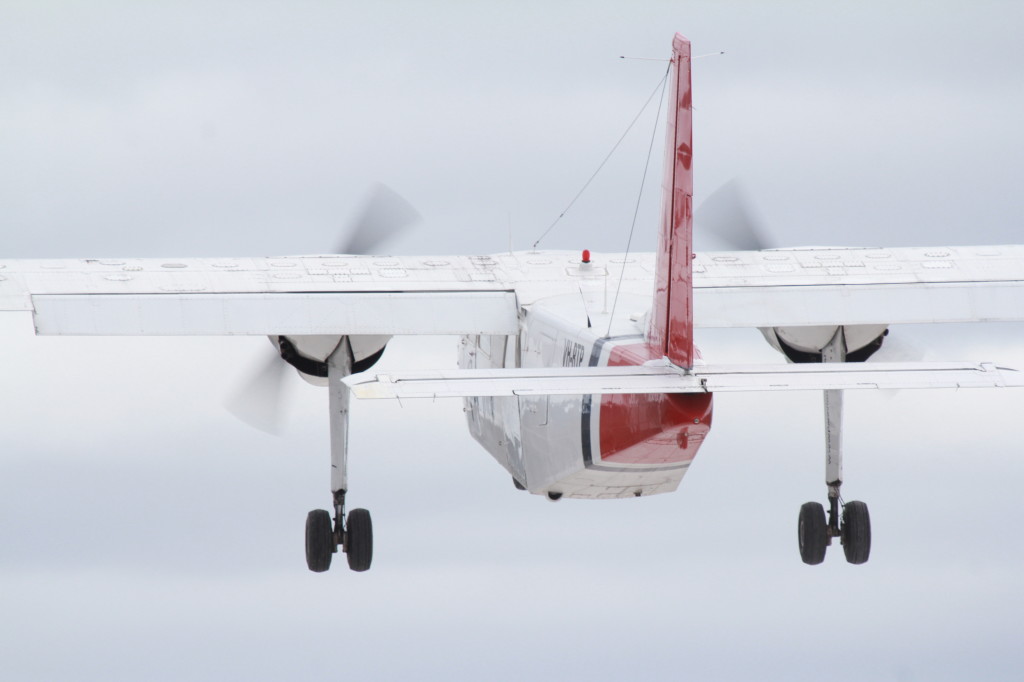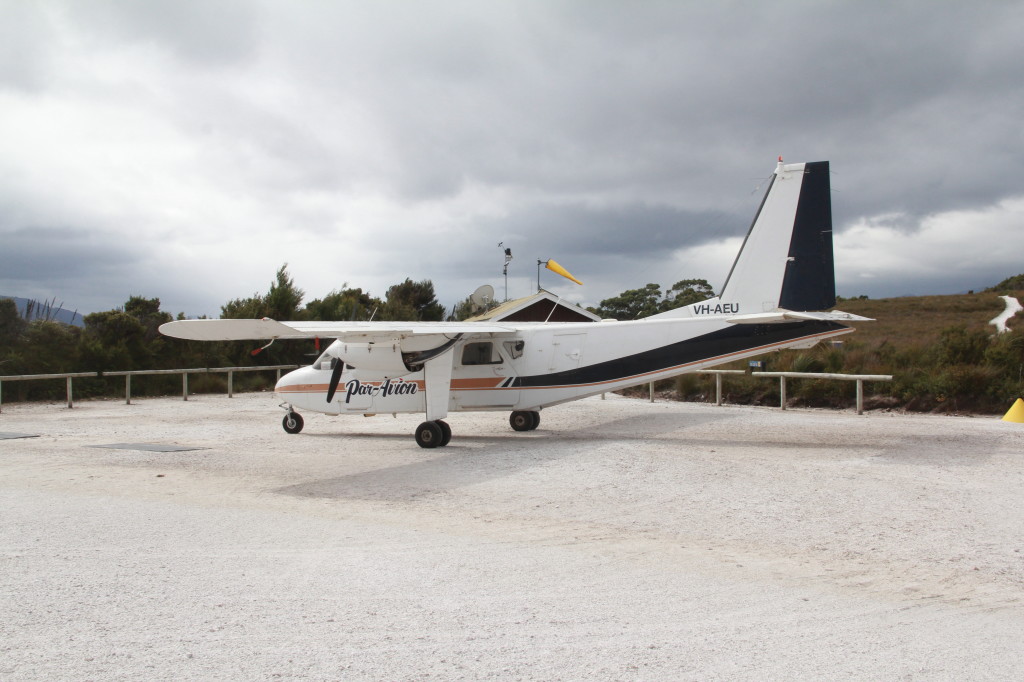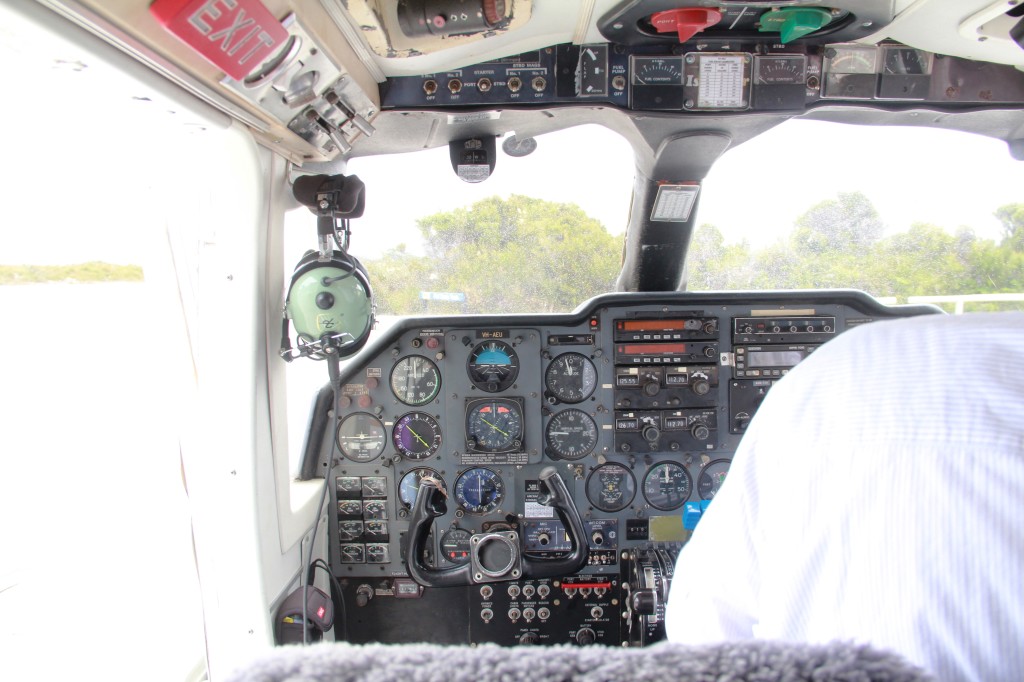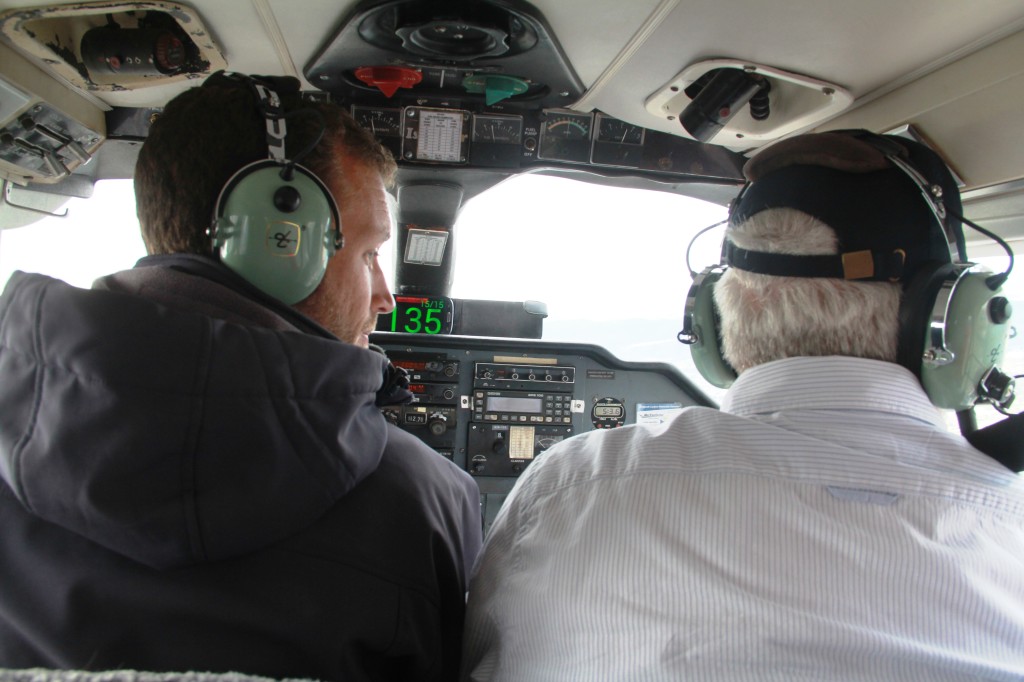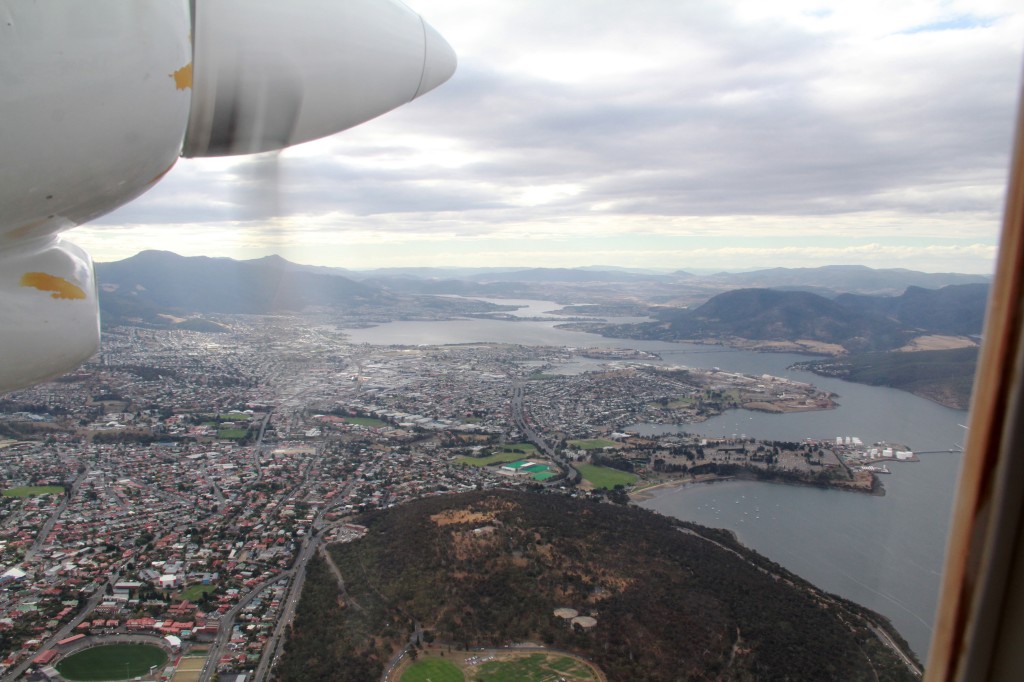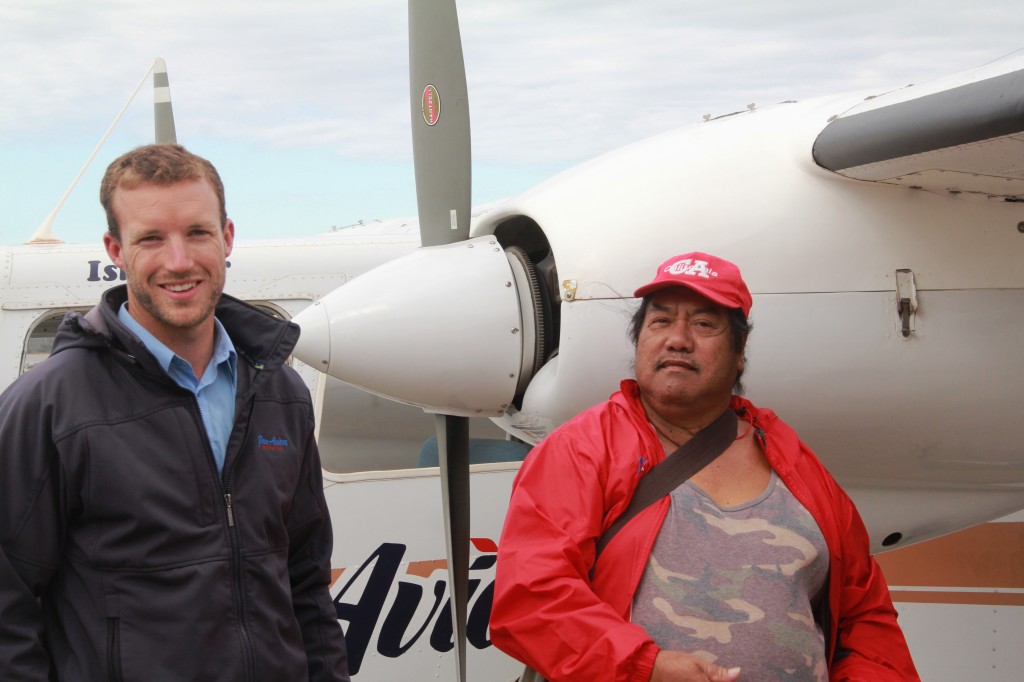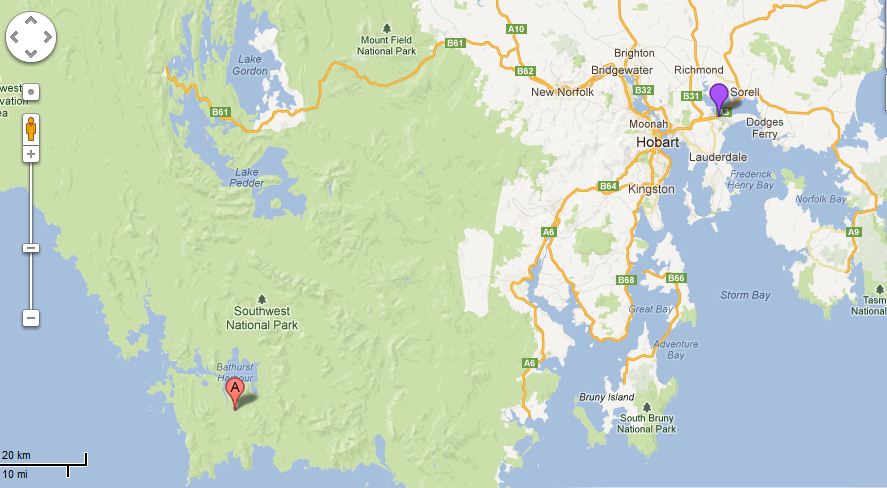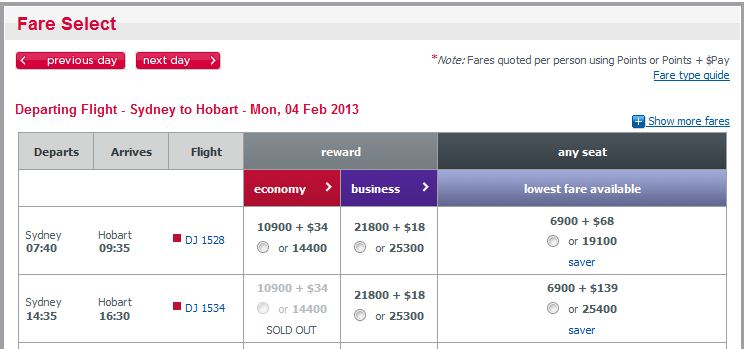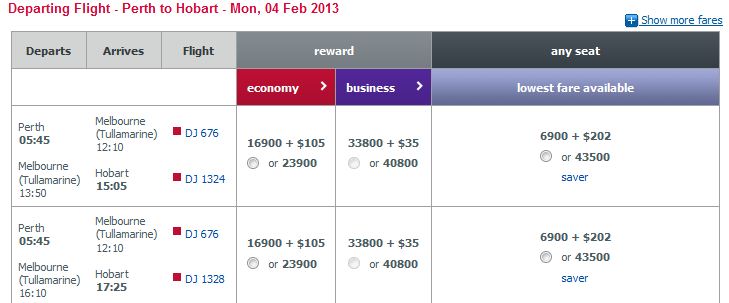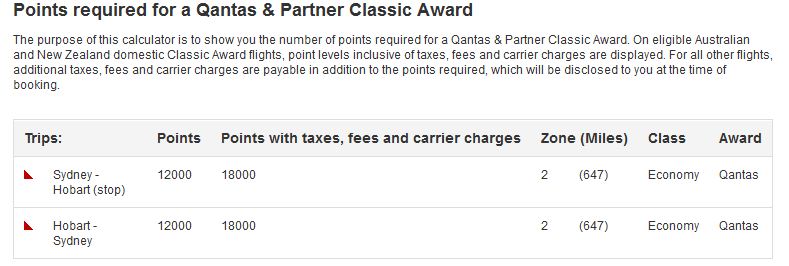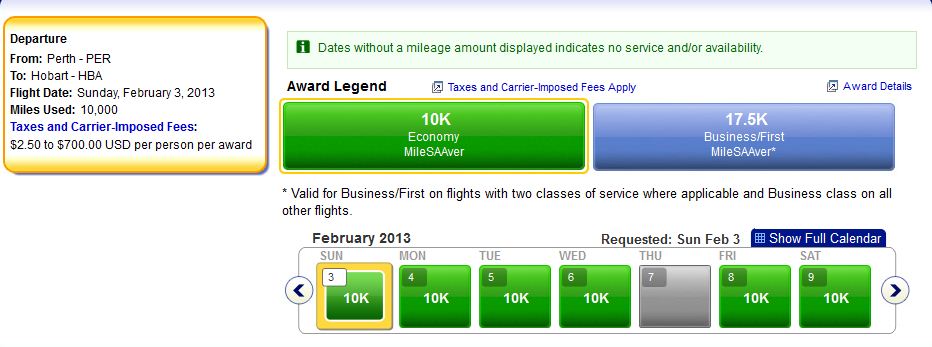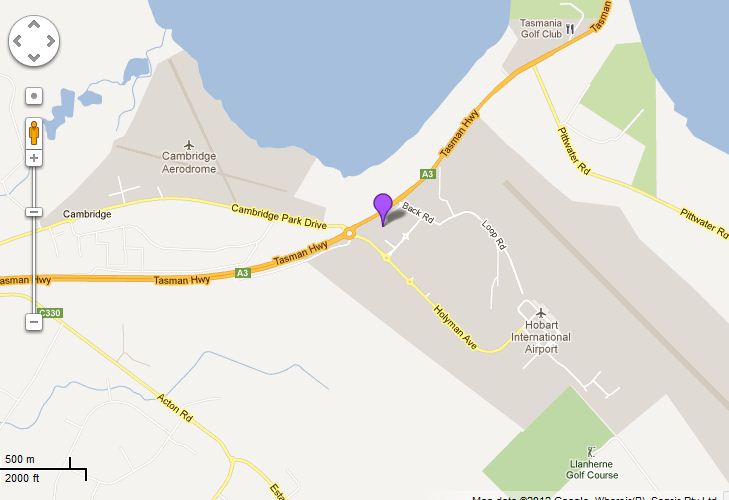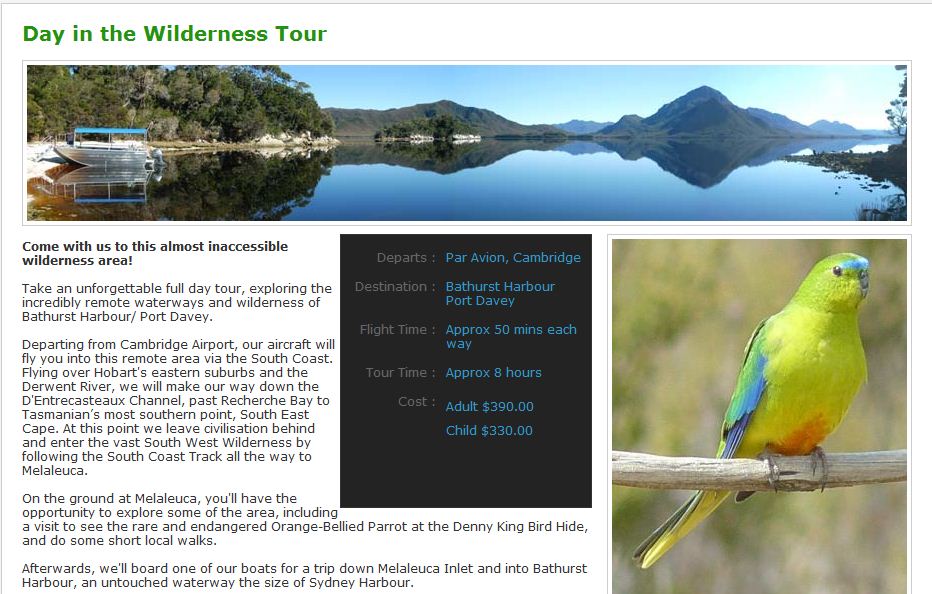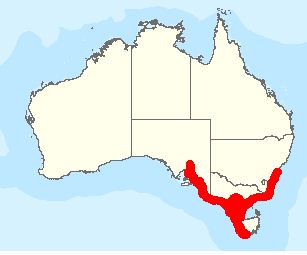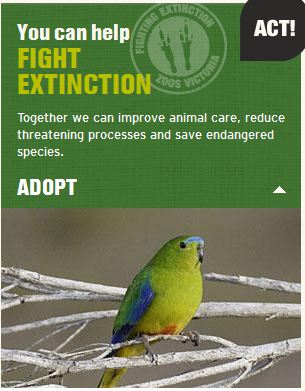Most other years this would be a top ten, but with 3 major birding trips this year I am struggling to make it a top thirty! If you want to see last year’s birds click here. There is no way I could single out one top bird with so many to choose from so they are being presented in chronological order. I haven’t finished blogging the Queensland road trip or the African Adventure so I have to cheat a bit with the photos. They are my photos but just pasted in.
1. Carnaby’s Cockatoo – seen at several places in Western Australia, Feb 2014.
.
2. Western Rosella – seen at Dryandra and Stirling Range in Western Australia, Feb 2014
.
3. Purple-crowned Lorikeet – seen near Fitzgerald National Park, Western Australia, Feb 2014
.
4. Western Bowerbird – seen at Nallan Station, Western Australia, Feb 2014
.
5. Splendid Fairy-wren – seen at Yanchep, Western Australia, Feb 2014
.
6. Orange-bellied Parrot – seen at Melaleuca, Tasmania, March 2014
.
7. Eastern Ground Parrot – seen at Melaleuca, Tasmania, March 2014
.
8. Swift Parrot – seen on Bruny Island, Tasmania, March 2014
.
9. Major Mitchell Cockatoo – seen at Bowra Station, QLD, March 2014
.
10. Cockatiels – seen at Bowra Station, QLD, March 2014
.
11. Satin Bowerbird – seen at Girraween, QLD, March 2014
.
12. Ultramarine Lorikeet – seen on Ua Huka, Marquesas, French Polynesia, June 2014
.
13. Rimatara Lorikeet – seen on Rimatara, French Polynesia, June 2014
.
14. Cape Parrot – seen in King William’s Town and Magoebaskloof, South Africa, Nov 2014
.
15. Lilac-breasted Roller – seen in Kruger Park, South Africa, Nov 2014
.
16. Echo Parakeet – seen at Black River Gorges, Mauritius, Nov 2014
.
17. Vasa Parrots – seen at Ankarafantsika, Madagascar, Nov 2014
.
18. Schlegel’s Asity – seen at Ankarafantsika, Madagascar, Nov 2014
.
19. Hoopoe – seen at Ankarafantsika, Madagascar, Nov 2014
.
20. Paradise Flycatcher – seen in Kakum National Park, Ghana Nov 2014
.
21. Red Malimbe – seen in Kakum National Park, Ghana Nov 2014
.
22. African Grey Parrot – seen (fleeting glimpse) in Kakum National Park, Ghana Nov 2014
Didn’t click fast enough!
23. Senegal Parrot – seen in Shai Hills, Ghana Nov 2014
.
24. Tacazze Sunbird – seen at Addis Ababa Hilton, Ethiopia, Nov 2014
.
25. African Red-bellied Parrot – seen at Tarangire, Tanzania, Nov 2014
.
26. Cordon Bleu Waxbill – seen at Tarangire, Tanzania, Nov 2014
.
27. Meyer’s Parrot (Brown Parrot) – seen at Tarangire, Tanzania, Nov 2014
.
28. Red-and-yellow Barbet – seen at Tarangire, Tanzania, Nov 2014
.
29. Superb Starling – seen all over Tanzania, Nov 2014
.
30. Lovebirds – seen in Madagascar (Grey-headed), Tarangire (Yellow-collared) and Ndutu (Fischer’s). Just couldn’t choose between them! Nov 2014
.
These aren’t necessarily the rarest birds but they were birds that made a major impression on me. Maybe for their rarity, maybe for their beauty or maybe for their behaviour! Apologies for not having profiles up on about half the birds but I still have a lot more to blog about!

